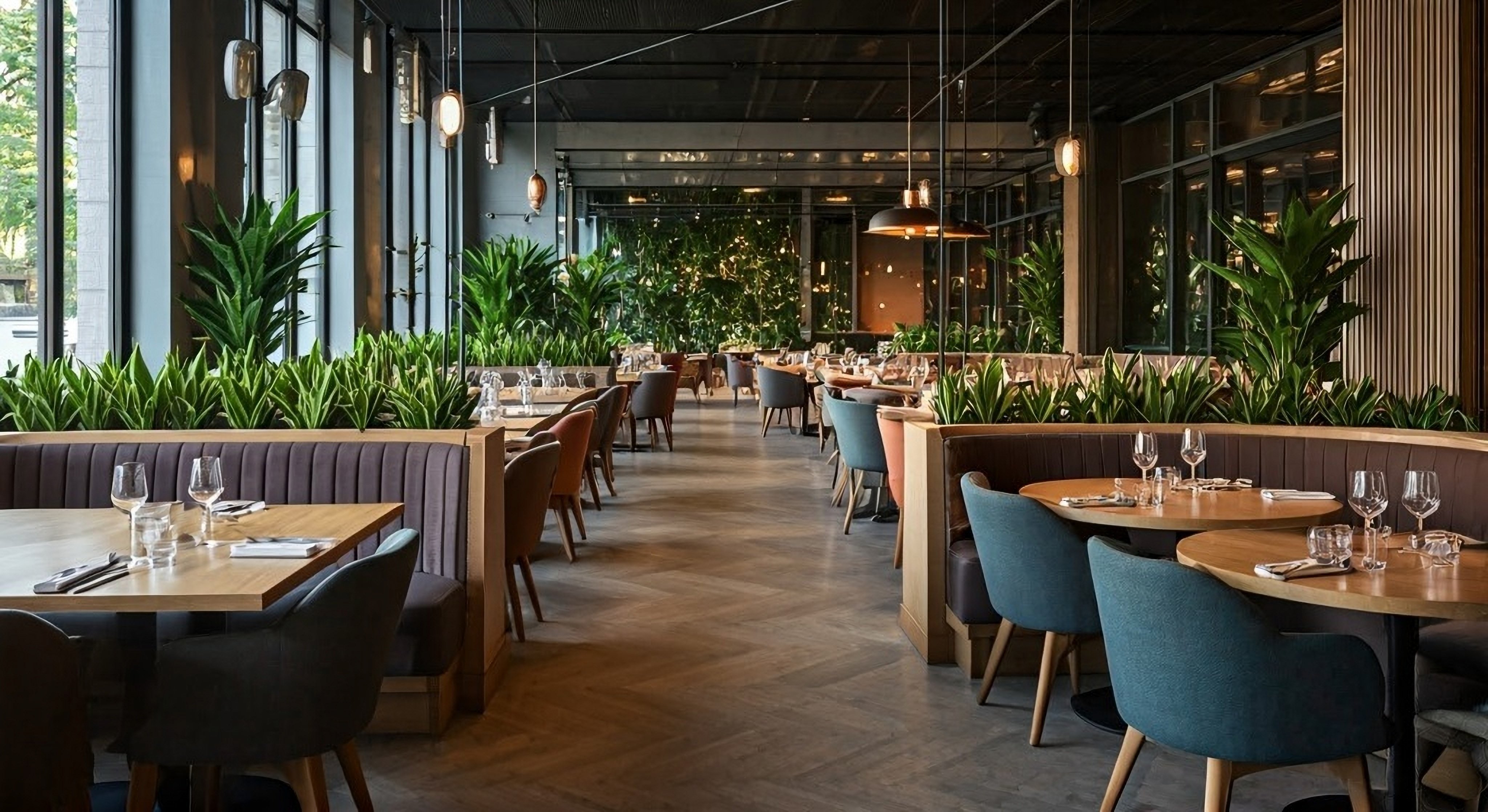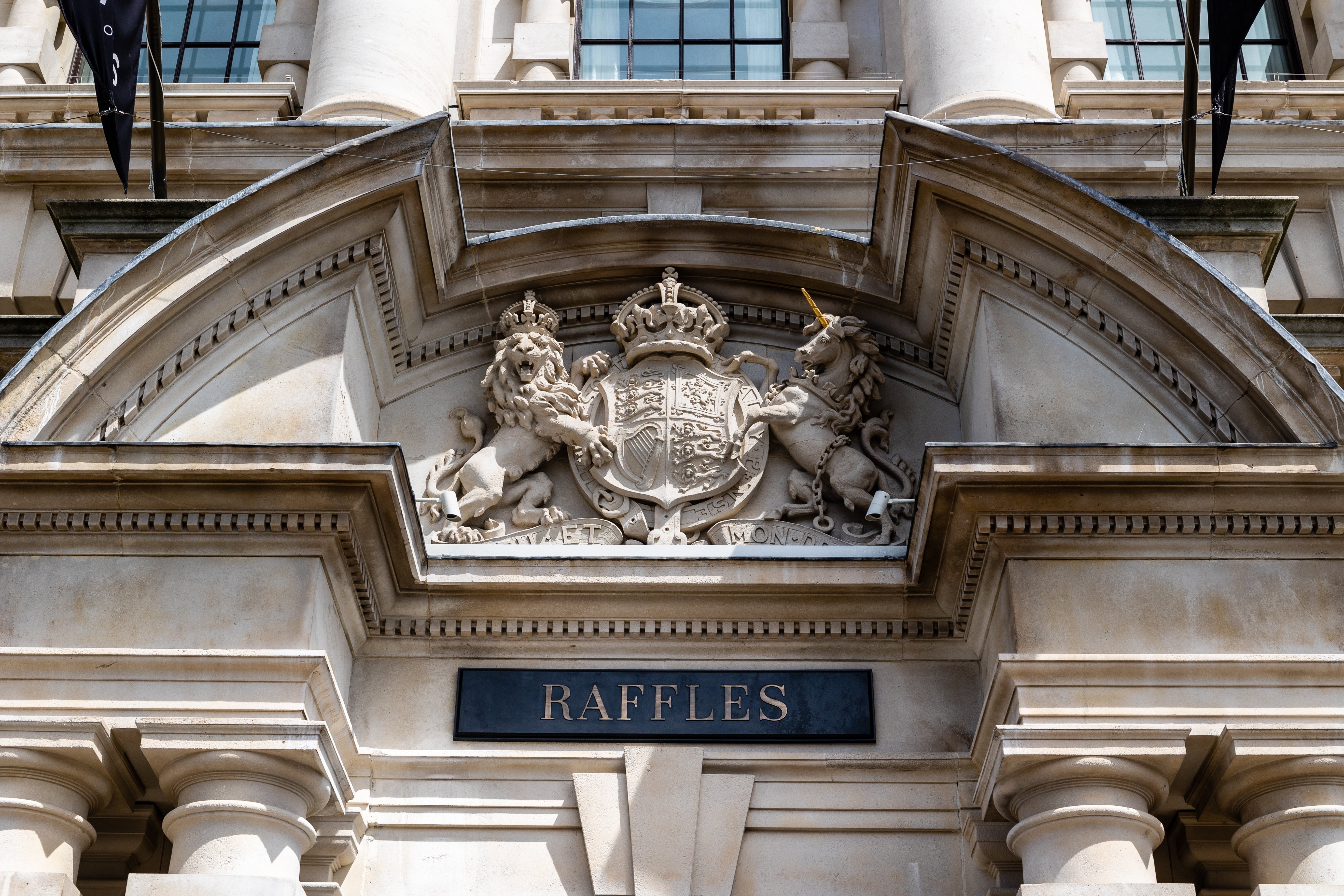Best Areas to Live in Yorkshire
Yorkshire is a historic county in north England, renowned for its Roman heritage, luxuriant countrysides, and delicious pudding. Spanning 11,903 square kilometres, Yorkshire encompasses a breathtaking collection of castles, two national parks, beautiful Tudor homes, and mediaeval abbeys. Dating to 8000 BC, the county is laden with history.
According to LandTech, Yorkshire’s population grew 3.6% in the past decade and is expected to swell by 4.4% in the coming years. This growth can be attributed to its abundant natural beauty, hospitable community, and strong economy – the region generates £110 billion every year. It is also one of the most multicultural regions in the UK, with 14.6% of its population being ethnically diverse (according to BITC data).

Read on to Discover the Best Areas to Live in Yorkshire
York
York is a cathedral city in North Yorkshire, perched on the confluence of the rivers Ouse and Foss. It was founded in 71 AD as the capital of Britannia Inferior (a Roman province) and remained the governmental seat for the later kingdoms of Northumbria and Scandinavian York. Steeped in royal legacy since its infancy, York is a city of grandeur, regality, and sophistication.
The city is chiefly identified by the York Minster, a majestic Gothic structure that took over 250 years to build. It is ornamented with mediaeval stained glass, intricate sculptures, and two functioning bell towers. Elaborate architecture throngs York, exemplified by assemblages of honey-hued mediaeval homes, cobbled streets, antiquated theatres, and overhanging buildings. The Shambles, a mediaeval market district brimming with character, is another major landmark that lends York its distinctive quaint persona.
An affluent city, York offers a blend of history, tradition, and modernity. Within its ancient walls lie esteemed educational institutes, high-end retail stores, technologically advanced public amenities, parks, and museums. Besides tourism, York is excelling in the biotechnology, IT, creative, and railway sectors. As of 2024, the average house price here is £321,000.
Also Read: Best Places to Live In North Yorkshire
Harrogate
Harrogate is an enchanting spa town in North Yorkshire, known for being one of the “happiest places to live in Britain” (as per a survey by Rightmove). The present-day town is the result of the unification of High Harrogate and Low Harrogate in the 17th century.
Located within the royal hunting forest of Knaresborough, the region catapulted to significance when its chalybeate- and sulphur-rich spring water was discovered in the 16th century. The healing power of such springs was widely promulgated by physician Edmund Deane in his book English Spa Fountain, which led to a great influx of aristocratic visitors throughout the 17th century. Given its immense touristic value, Harrogate was swiftly developed into a swanky town with the Georgian Theatre, the Bath Hospital, and luxury residences.
Today, Harrogate is known for its regal character, beautiful architecture, designer spas, private schools, and its cricket club. The city offers residents a high quality of life with state-of-the-art amenities, ritzy entertainment options, high levels of safety, and a strong sense of kinship.
Hospitality, tourism, healthcare, retail, and business conferences make up the town’s economic backbone. On average, houses in Harrogate are priced at £372,111.
Also Read: Best Places to Live in Edinburgh
Dore
Dore is a village located on a hill by the River Sheaf in South Yorkshire. It is one of the most coveted postcodes in the region. This village was first documented in the 8th century, when King Egbert of Wessex came into the region to establish his rule over the Anglo-Saxon lands (i.e. all of England). This sparked an endless string of development initiatives that have continued well into the modern period.
Today, Dore is known for its rustic charm, tight-knit community, and elevated country lifestyle. With unspoiled architecture, market fairs, and reputed private schooling, the village is compact and plush. Mediaeval cottages are outfitted with tech-savvy amenities, and luxury cars are found aplenty in the driveways of many homes.
The quiet hamlet is ideal for retirement or a decadent, slow life. There are shops with fresh produce, a few butchers, and a handful of pubs. The average house price of Dore is £556,486.
Also Read: Best Areas to Live in Birmingham
Skipton
Situated on the River Aire and the Leeds and Liverpool Canal, Skipton is a delightful market town in North Yorkshire. Dating to prehistoric times, history is deeply palpable here. It came into being with the establishment of Skipton Castle in 1090, which led to more developmental efforts. It was a key site for prisoners during the English Civil War and continued to thrive after both world wars. With its woollen produce-led markets, Skipton gained renown as a prosperous town well-connected to big cities like Leeds. Today, it is considered one of the best preserved old towns in England.
Skipton is esteemed for its weekly market, period buildings, high-end retail shops, and the Craven Museum and Gallery. Brimming with 85 cafes, pubs, and other eateries, hospitality is Skipton‘s biggest industry. The average property price here is £262,502.
Also Read: Best Areas To Live in Nottingham
Leeds
Located in West Yorkshire, Leeds is the largest settlement in the entire county. It is perched on the River Aire, and evolved from a humble mediaeval market town into a major production powerhouse after the Industrial Revolution. Its immense natural resources forged prominent wool, printing, and iron industries. By the 19th century, Leeds was a modern city, with a large population, a substantial housing market, and a robust economy.
Today, Leeds is associated with its eponymous university, diverse job market, and collection of Victorian-era buildings. The city is England’s third-largest manufacturing district, encompassing over 1,800 firms. It is also the country’s leading financial services hub after London, hosting over 30 national and international banks. With a repository of 109,000 companies, Leeds contributes 5% to England’s £60 billion economic output.
The average price of a property in Leeds is £272,057.
Also Read: Where To Live in Leeds
Sheffield
Bisected by the River Sheaf, Sheffield is a major city located in South Yorkshire. Occupied since the Old Stone Age, the present-day city emerged as the result of unifying several settlements during the Anglo-Saxon times. During the Norman reign, the Sheffield Castle was built, and the settlement slowly evolved into an active market town. The Industrial Revolution further fuelled the growth of Sheffield, transforming it into the metropolis we know today.
Sheffield is known as the “Steel City”, with its history steeped in cutlery making and metallurgy. It is also a surprising haunt for art and philosophy, hosting a motley of museums and galleries such as the Kelham Island Museum, Weston Park Museum, and the Millennium Gallery. It is also home to the Crucible Theatre, and is the site of several arts festivals.
Sheffield has steadfastly remained the land of iron and steel for over a century. Engineering, new media technology, and silverware are other sectors central to Sheffield’s economy. The average house price here is £247,303.
Also Read: Best Places to Live In Sheffield
Saltaire
Saltaire is a model village located on the intersections of the River Aire and the Leeds and Liverpool Canal. The village is named after Sir Titus Salt, an English politician who built a textile mill in the region with homes for his workers. Salt’s mill took off and enhanced the village’s economy tremendously.
Saltaire fell into ruin after the world wars and was rebuilt in 1986. Revamped with Italian influences, Saltaire is now one of the most fashionable villages in the country. The Victorian model village is outfitted with upscale restaurants, flagship designer stores, galleries, and a few tech start-ups.
A textile manufacturing haven and World Heritage Site, Saltaire is an ideal residence for discerning young professionals and nuclear families. It is a rare model village success story, boasting prosperity and a high standard of living.
The Sunday Times called it one of the best places to live in the UK in 2024. The average price of a home in Saltaire is £201,740.
Also Read: Best Place to Live In UK for Families
From a fast-paced city life to a serene bucolic existence, Yorkshire delivers on all fronts. The county is defined by its stellar beauty, warm community, and rich heritage—above all, quiet elegance and humility reign supreme here. From York to Saltaire, these are some of the best areas to live in Yorkshire.



